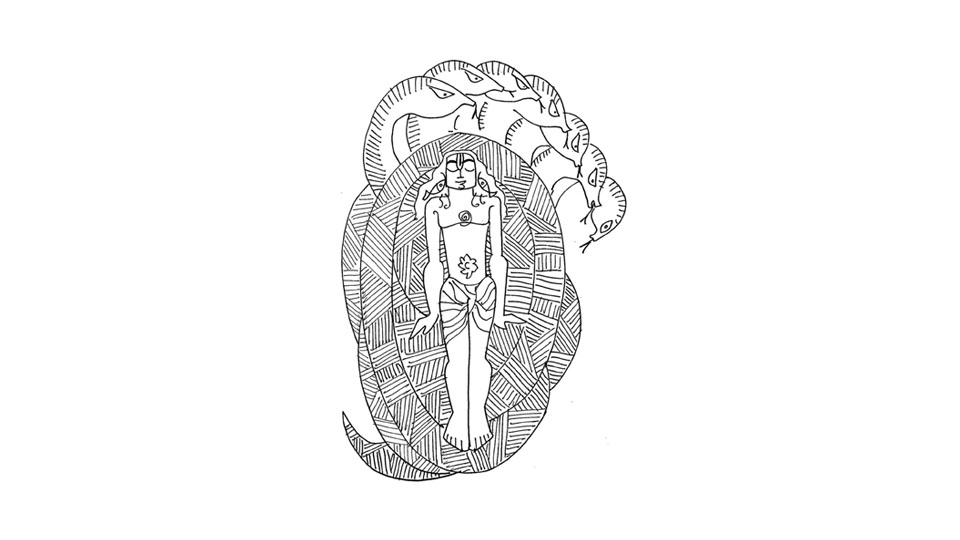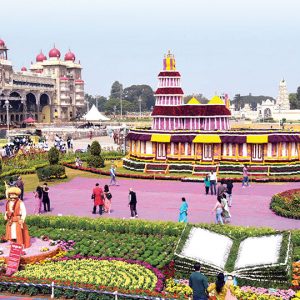By Dr. Devdutt Pattanaik – Author, Speaker, Illustrator, Mythologist
Aryans came from lands north of the Himalayas where there was no monsoon rains. They focused on four quarters of the year, based on the solstices and equinoxes. Bal Gangadhar Tilak pointed out how Vedic hymns refer to long days without sun. He pointed out how great importance was given to dawn, Ushas, who appeared in the sky in spring but did not let the sun rise until summer.
But when the Aryans entered India, they encountered the monsoon rains. Dawn and sun lost their importance to the rain. Suddenly the year was divided into three parts, the pre-monsoon spring and summer, the post-monsoon autumn and winter. So important was the rain that the year (varsh) was identified by the word for rains (varsha). Hymns were composed to the rain-god Paranjaya. In the Vedic Brahmana literature, there is reference to Chaturmasya rituals, performed once every four months: at the start of spring, at the start of rain and at the end of rain.
The story goes that whenever the gods performed rituals, they would get food for the bright half of the lunar cycle. Whenever the ancestors performed sacrifices, they got food for the dark half of the lunar cycle. Whenever humans performed rituals, they got food for the day. But the Asuras were so clever that they could perform a single ritual and get food for the entire year.
This frightened Devas who felt that if the Asuras had food for the entire year, by performing one ritual, they would have ample time to torment them. To prevent this, they began performing rituals every four months so as to deprive the Asuras of food. Thus through trickery, the Asuras were deprived of food and prevented from causing trouble. Humans were then encouraged to perform similar rituals every four months to keep away enemies.
This memory is no longer prevalent in the Hindu community. These rituals were written in Satapatha Brahmana and the Taittiriya Brahmana, which is about 2,800 years old.
Today, when we talk about the rainy season we talk about the four months of Vishnu going to sleep in the rainy season, following the summer solstice and waking up after the autumn equinox. The sleeping and the waking up of Vishnu is celebrated through many rituals. During this time people wonder who will protect the world and this is when the goddess mythology appears. While Vishnu sleeps his sister Yogsmaya guards the world.
Cows, unlike buffaloes, hate walking in the rain as the ground is slippery. They prefer to stand still. Aryans were therefore, forced to stay immobile during the rainy season. Also during this time maintaining the three Vedic fires was next to impossible.
All this may have contributed to the four-monthly ritual cycle. Buddhist and Jain monks also did not travel during the four months of the year. This was the time when people stayed at home and listened to the discourses of the holy men who otherwise avoided staying in one place too long.
The monsoon winds shaped India’s trade, with traders coming in with the summer winds and leaving with the winter winds.
Today, we identify the rainy season with flooded cities and bad drainage. But we yearn for the rain. The absence of rain means water shortage, bad harvests and a bad economy. Indian economy, politics, spirituality as well as ritual and festival cycles are firmly connected to the four months of the rains.








Recent Comments